
On the morning of August 8th, we boarded the train to Quanzhou with eager anticipation. Upon arriving in the afternoon, we couldn’t wait to stroll along the flagstone paths of West Street. The alleyways buzzed with lively energy, while around the corner, the Kaiyuan Temple—with its vermilion walls and upturned eaves—stood like a millennia-old elder slumbering in quiet wait for time’s gentle knock. The "Purple Cloud Screen" in front of the temple acted as an intangible boundary, separating the clamor of the secular world from the serenity of the sacred.
As we stepped through the temple gate, the couplet inscribed by Master Hongyi came into view: "This land was anciently known as the Buddha’s Kingdom; every street is filled with sages." It perfectly captured Quanzhou’s profound fusion of Buddhist traditions. Inside the temple, the twin pagodas—Zhenguo Pagoda and Renshou Pagoda—stood majestically, their bronze wind chimes tinkling softly in the breeze, as if whispering tales of the bustling Zayton Port during the Song and Yuan dynasties. Within the Mahavira Hall, twenty-four "flying apsaras" danced mid-air, their flowing wings embodying the seamless blend of Eastern and Western cultures.
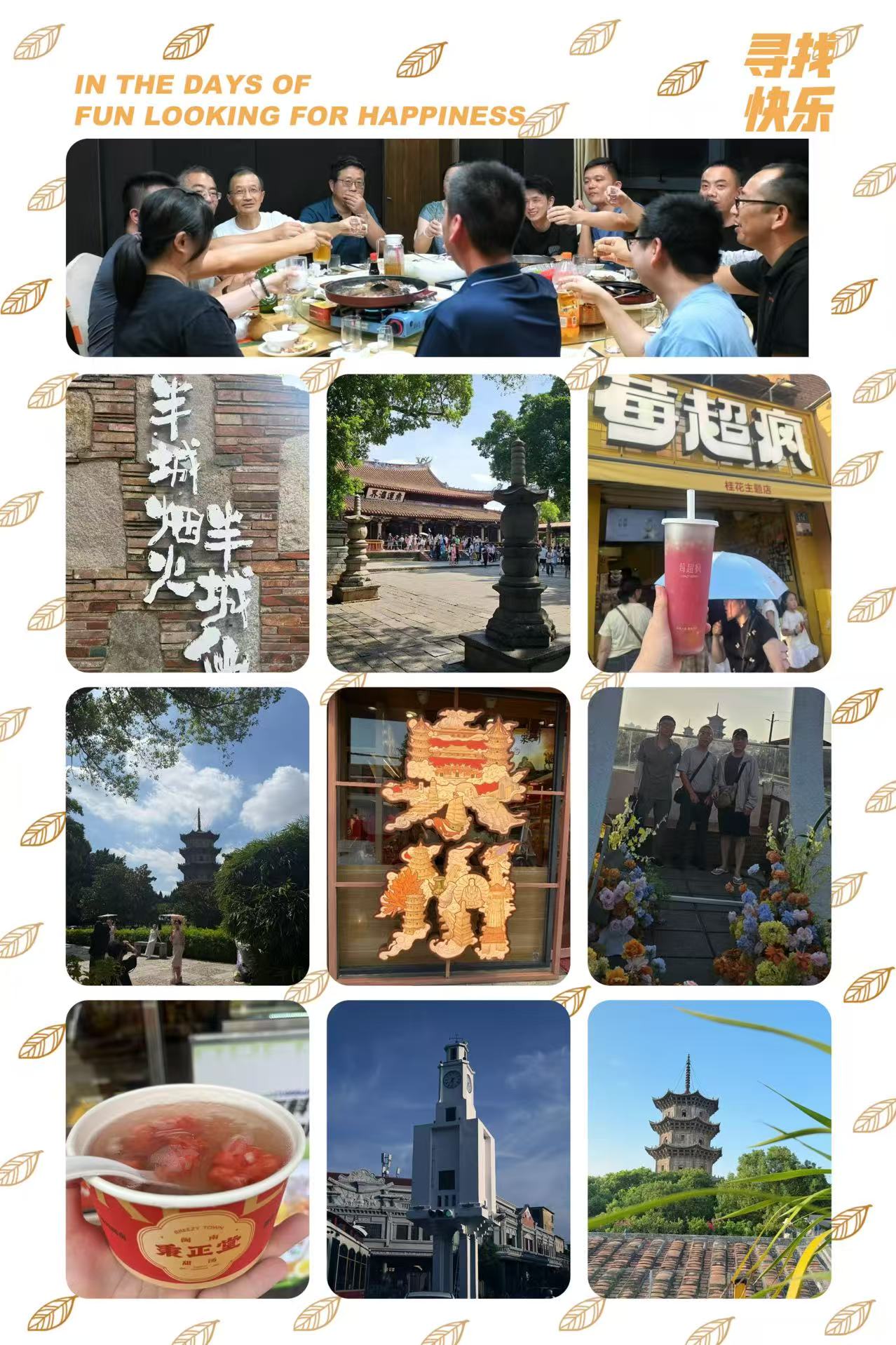
Early the next morning, we visited the Maritime Museum, which resembled a weighty logbook chronicling Quanzhou's glorious history as the "Foremost Oriental Port." Shipwrecks from the Song and Yuan dynasties, Arabic tombstones, Islamic stone carvings—traces of diverse civilizations converged here, evoking visions of the city's golden age when "merchants from all lands traded amid the roaring tides."

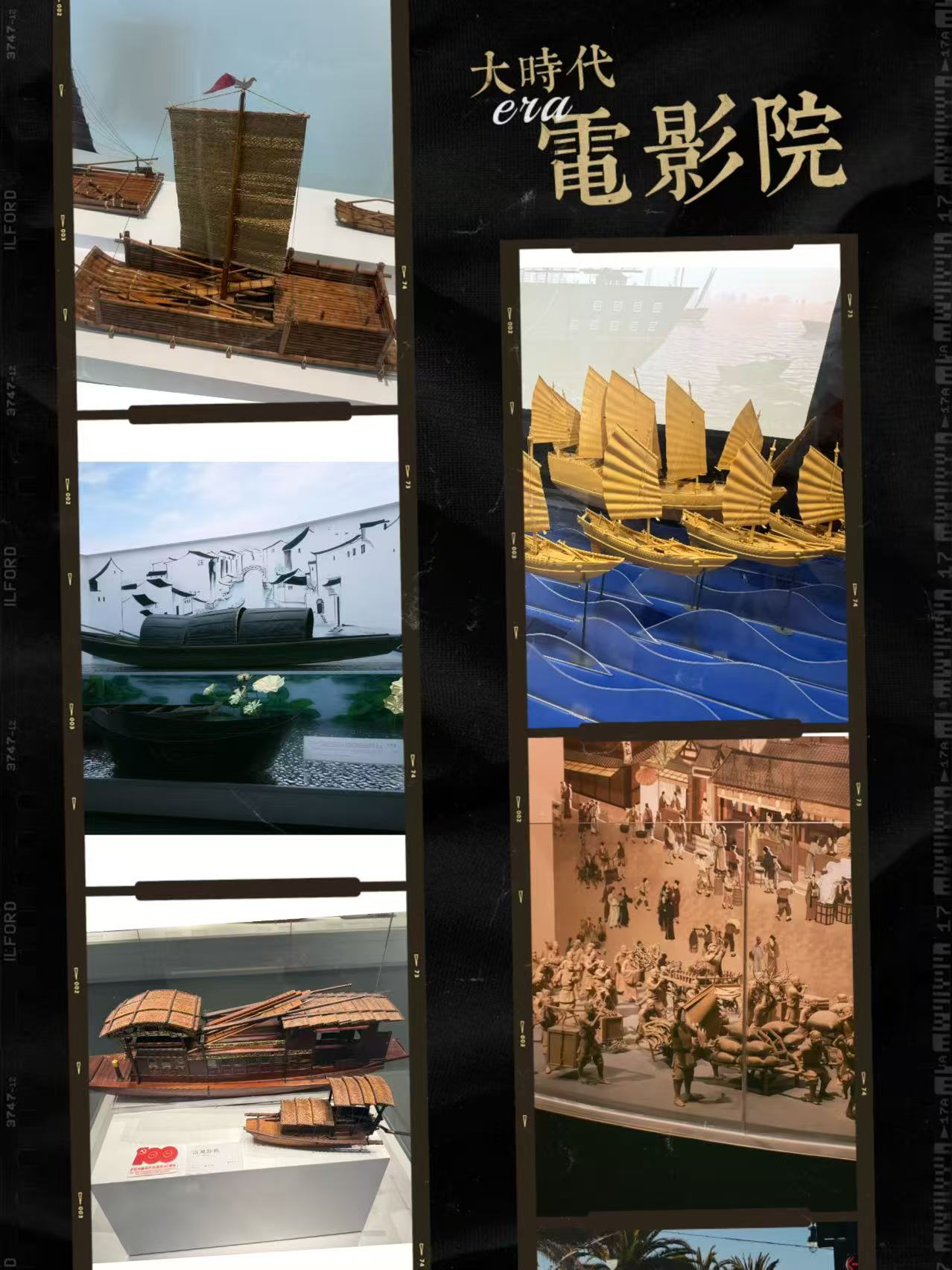
In the afternoon, we arrived at Wulin Ancient Village, an open-air "museum of overseas Chinese architecture." Roman columns and Gothic spires blended seamlessly with southern Fujian’s red bricks and Nanyang-style patterned tiles, each old house whispering tales of returning migrants who brought glory back to their homeland. Inside the "Chaodong Mansion," exquisite ceramic tiles and faded photographs transported us back to the Nanyang (Southeast Asia) of the Republican era.
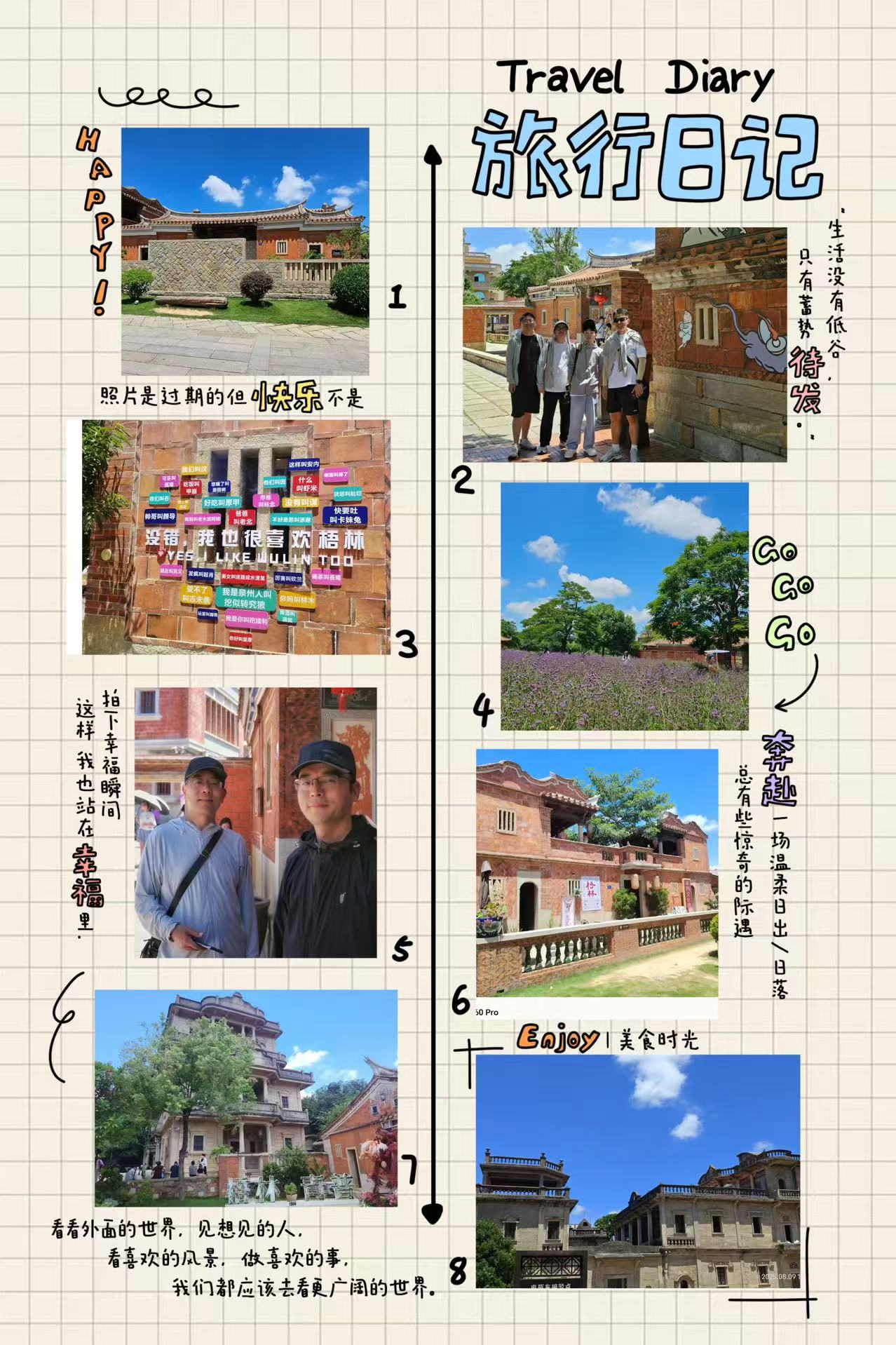
As evening fell, we headed to Golden Coast, where gentle waves lapped against the soft sandy shore. Not far away, the Luojia Temple stood atop a reef, its amber halls framed by the azure sea and sky, resembling a "Buddhist Kingdom upon the waves." When the tide receded, we stepped across the rocks to approach the temple. The chanting of sutras intertwined with the sound of rolling waves, creating the ethereal atmosphere of a "floating island sanctuary."
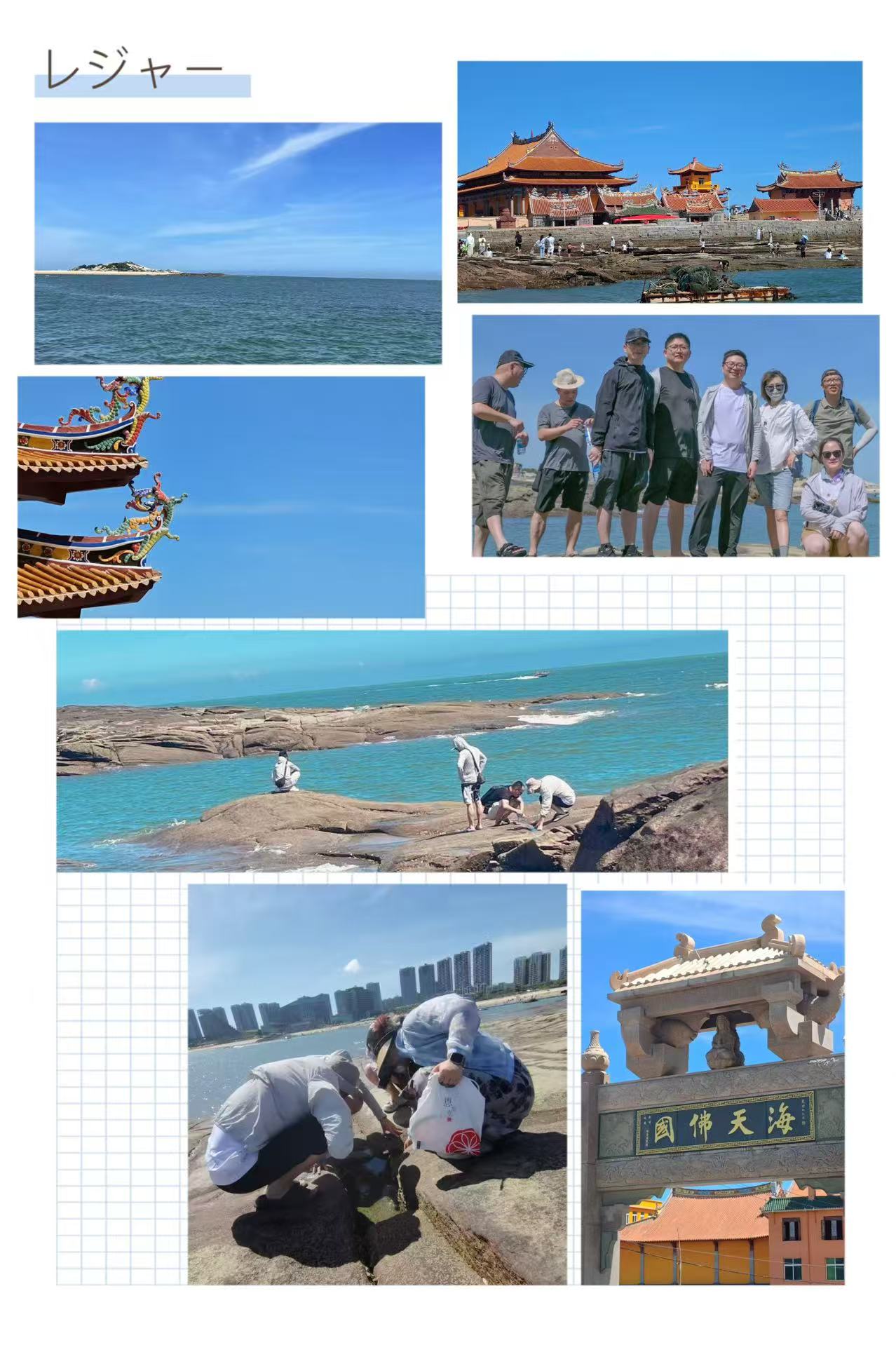
On the third day, we visited Luoyang Bridge, China’s first large stone bridge spanning a bay. Built during the Northern Song Dynasty, it still stretches across the Luoyang River today. At low tide, oyster shells clinging to the bridge piers became clearly visible—a testament to the ancient ingenuity of "cultivating oysters to reinforce the foundation."
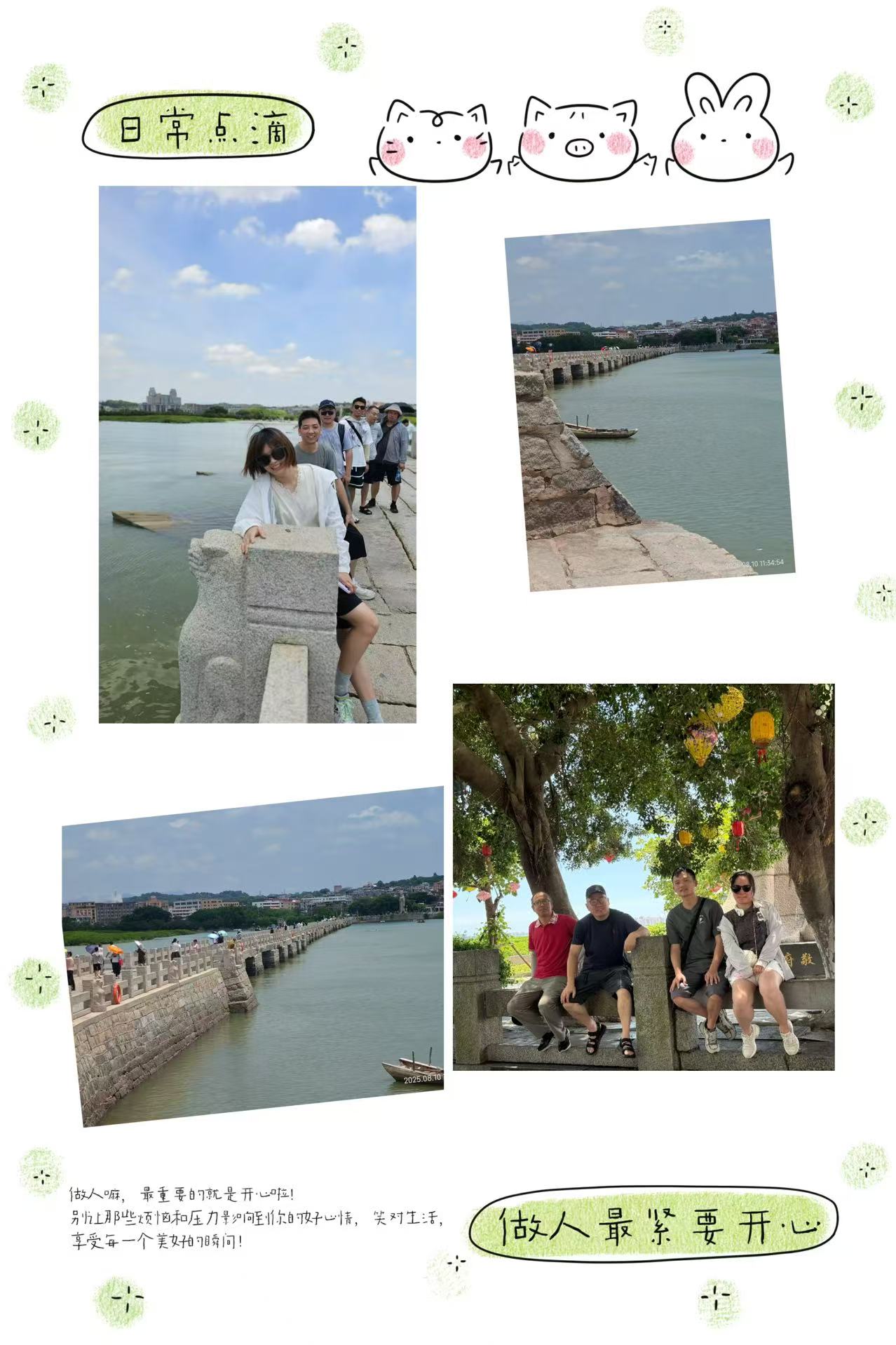
Later, we arrived at Chongwu Ancient City, the most intact Ming Dynasty stone fortress in China. The scars on its walls still faintly echoed the clashes of anti-pirate battles. Climbing atop the city walls, we gazed at the waves crashing against the reefs while modern wind turbines spun slowly in the distance—where history and the present intertwined. Inside the city, the Hui'an Women's Folk Village showcased the region's most distinctive coastal charm: women in yellow bamboo hats, short blouses, and wide-legged pants, embodying southern Fujian's unique cultural heritage.
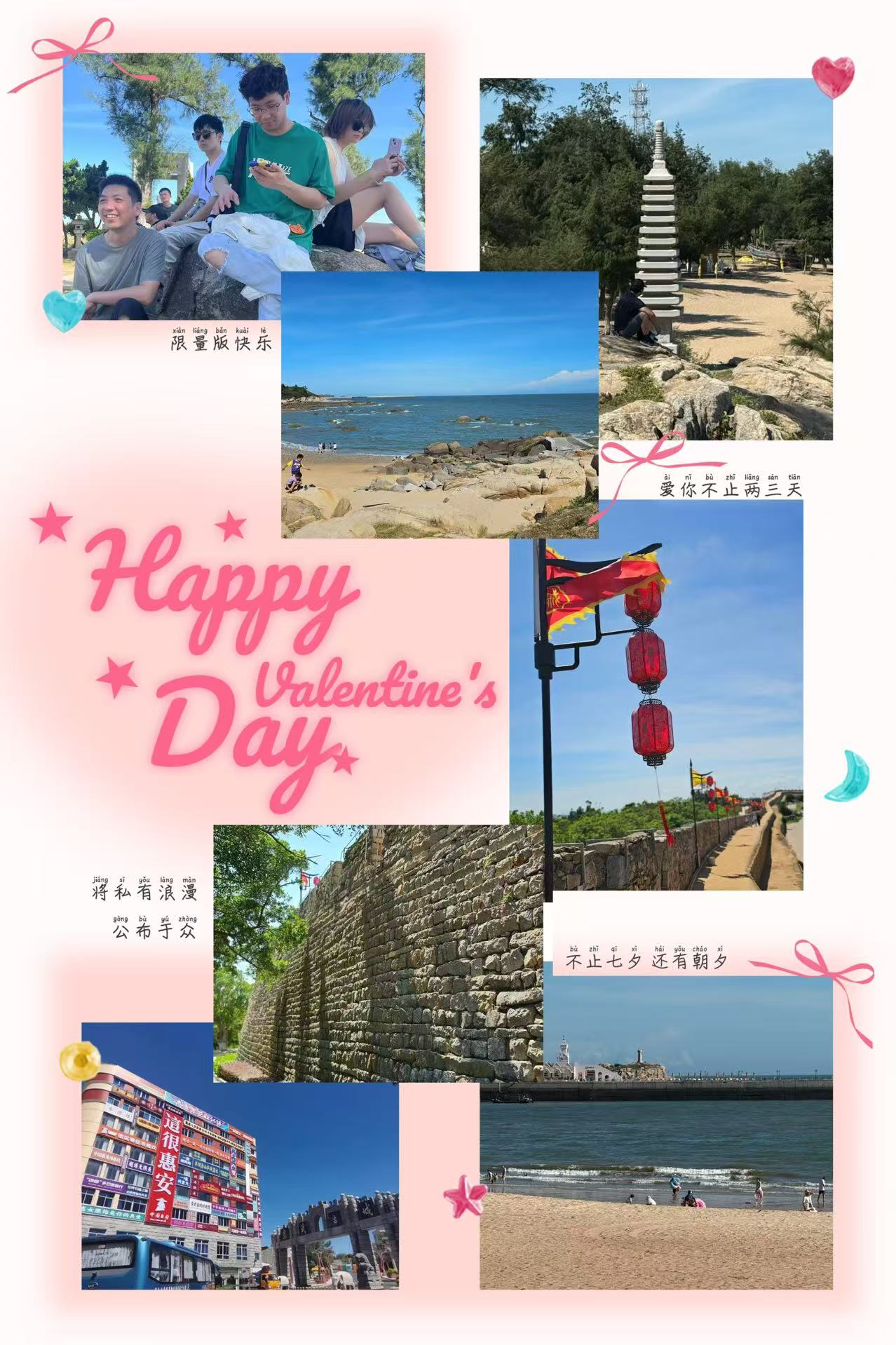
In the afternoon, we strolled barefoot along the gentle sands of Xisha Bay, where the "PLA Martyrs' Temple" stood quietly on the shore, silently recounting a moving chapter of solidarity between soldiers and civilians.

On our final day, we visited Xunpu Village, a small fishing community famed for its "oyster-shell houses" and "flower-adorned hair buns." Here, the traditional attire of southern Fujian’s fisherwomen is still preserved. The village aunties, crowned with fresh blossoms, sat by their doorsteps deftly shucking oysters while warmly inviting visitors for photos. Wandering through the narrow alleys, we marveled at the mottled oyster-shell walls shimmering like pearls under the sunlight—as if each shell held a story whispered by the sea.
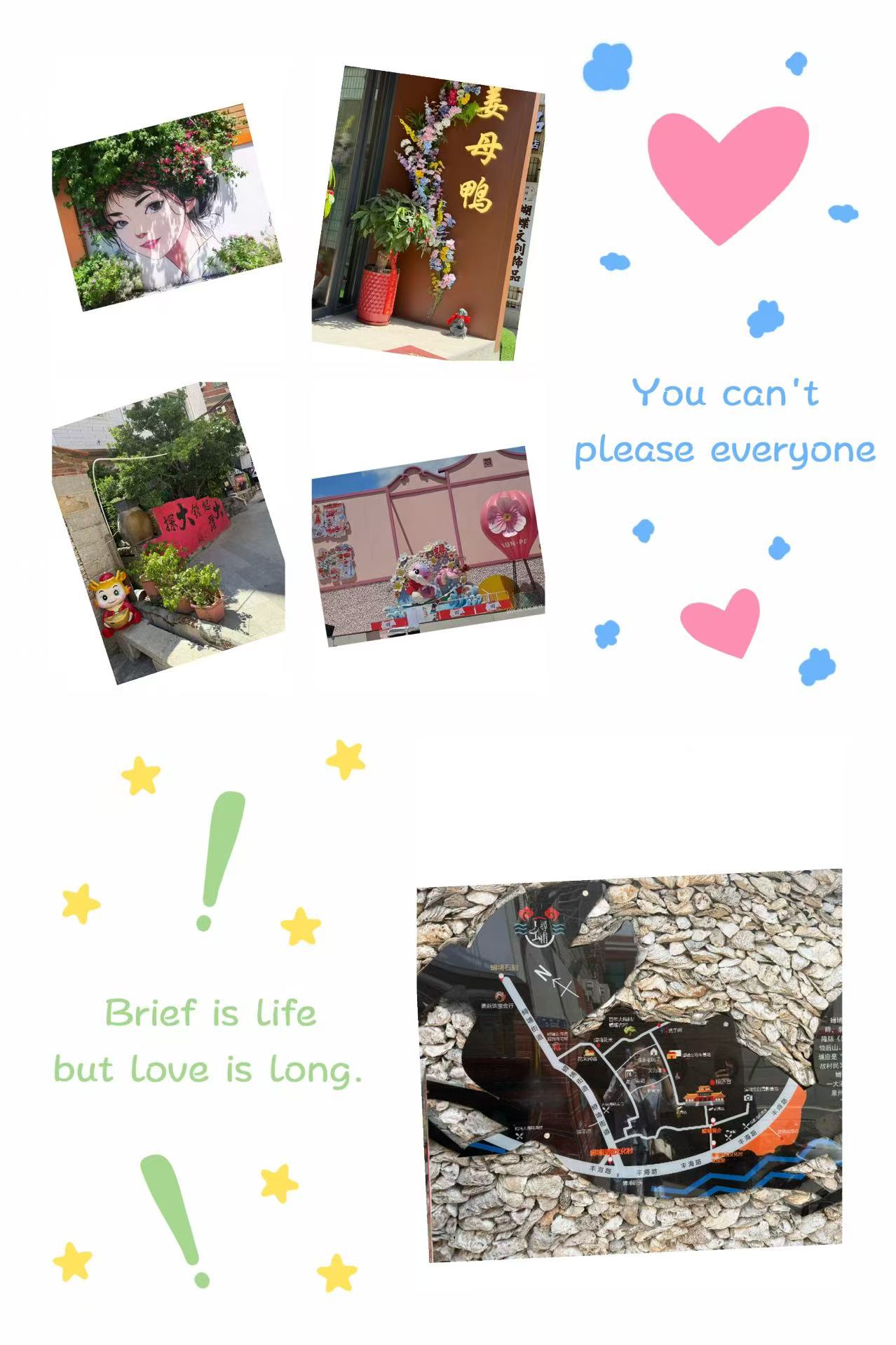
In the afternoon, as our high-speed train crossed the Jinjiang River estuary, a briny sea breeze suddenly swept through the carriage—carrying with it the distant chimes of Luojia Temple, the lively hum of Zhongshan Street, and the rhythmic tides of Golden Coast. It was Zayton’s parting gift to us, a poetic finale to our four-day journey through Quanzhou.




